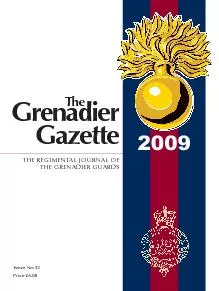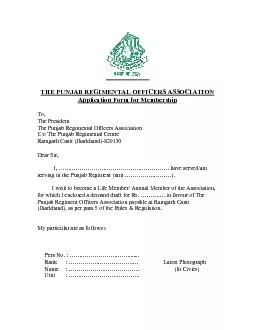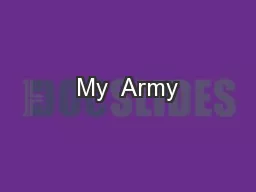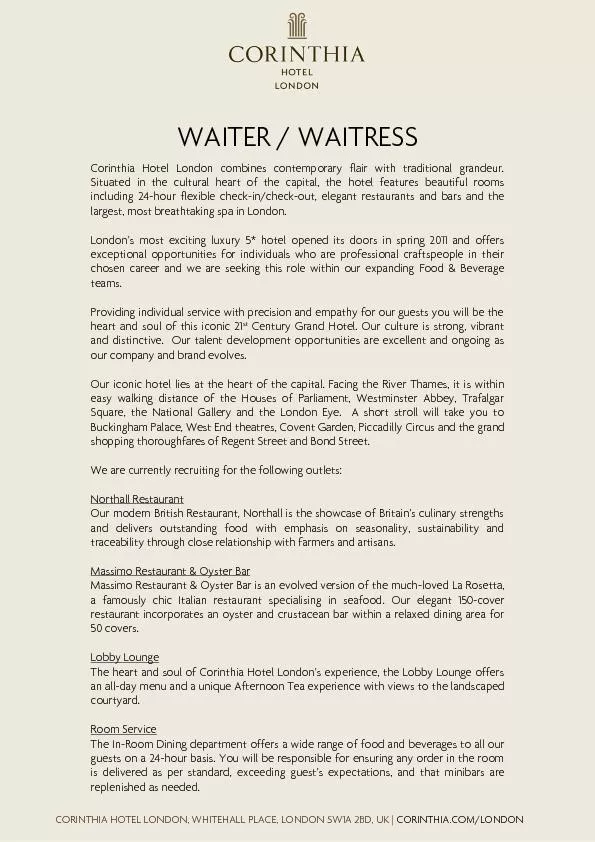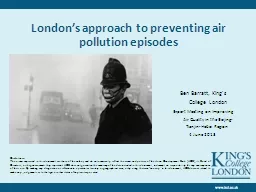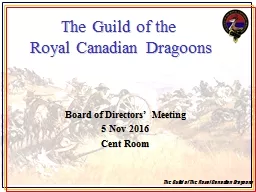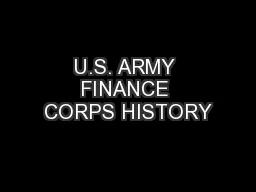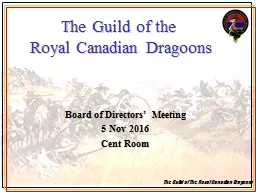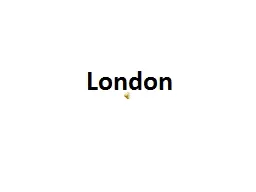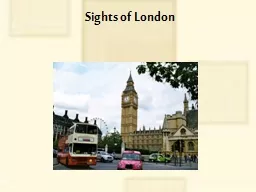PDF-REGIMENTAL HEADQUARTERSWellington Barracks, London
Author : karlyn-bohler | Published Date : 2016-12-29
4 Regimental Remembrance Day The RHQ Marathon Team Regimental HeadquartersRegimental Headquarters is staffed by 15 permanent staffof whom three work on a parttime
Presentation Embed Code
Download Presentation
Download Presentation The PPT/PDF document "REGIMENTAL HEADQUARTERSWellington Barrac..." is the property of its rightful owner. Permission is granted to download and print the materials on this website for personal, non-commercial use only, and to display it on your personal computer provided you do not modify the materials and that you retain all copyright notices contained in the materials. By downloading content from our website, you accept the terms of this agreement.
REGIMENTAL HEADQUARTERSWellington Barracks, London: Transcript
Download Rules Of Document
"REGIMENTAL HEADQUARTERSWellington Barracks, London"The content belongs to its owner. You may download and print it for personal use, without modification, and keep all copyright notices. By downloading, you agree to these terms.
Related Documents

